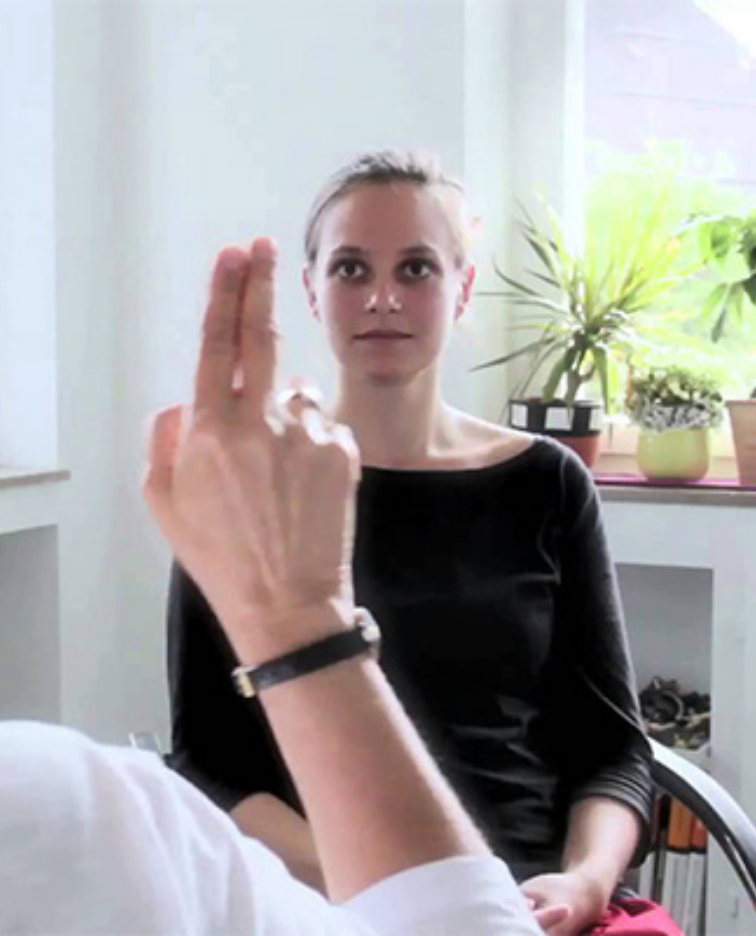



Ah, therapy. We live for a good therapy session — whether it’s a vent session to our best friend, an hour long phone call with our mom, or a good old fashion pouring of the heart to our therapist. But the thing is, therapy is more than just getting something off our chests. And that’s because the human brain is incredibly complex (like, why does it remember that one jingle from that gum commercial in 1989?) and its registry runs deep. Which is why we turn to traditional talk therapy. But these days, we’re also looking into a new therapy technique — EMDR. And it seems like we’re not the only ones (we’re looking at you, Prince Harry). So while we can’t deny the benefits of a traditional therapy session, EMDR therapy has us intrigued. So we did some digging —- and we think you’ll be just as interested as we are.
Here’s what you need to know about it.
So what makes EMDR so special — or, dare we say, even better than other forms of therapy? EMDR focuses on the memory of the event and how it’s stored in the brain, unlike other talk therapies which place emphasis on addressing the thoughts or emotions surrounding a traumatic event.
Though the EDMR stimuli can vary (it depends on your therapist and preference), sessions typically start out with a person thinking about an upsetting memory and the beliefs, emotions, or sensations associated with it — whether positive or negative. While this is happening, the person focuses on the stimuli creating the bilateral movement, whether it’s the therapist moving two fingers back and forth or using hand tapping on either side of the body. After every set of stimuli, the person is asked how they feel. (If we’re getting rid of childhood trauma, the answer is great, Doc. We feel great.) If they still feel negative emotions, the stimuli is repeated until the emotions and sensations are gone — which means the trauma has been processed.
But the therapy isn’t done yet. From there, the therapist works with you to begin healing. That might look like creating and instilling new, positive beliefs and emotions around the event. Once those are set, the therapist may use bilateral movement again until you feel neutral to positive emotions.
In short? EMDR essentially reorders our memories in the brain, so we can feel less upset or triggered when remembering the event or situation. We’ll still remember what happened, but it will be less painful or upsetting. Like the small scar you got in 2nd grade, you might remember how you got the scar — but it no longer hurts.
Whether we’ve had a significant traumatic event happen or a smaller scale trigger (even emotionally unavailable parents can qualify as a small trauma), EMDR might be something to look into. And since we’re pretty sure we have enough baggage to fill a warehouse, we’ll be running toward EMDR. But the important thing to remember is that no matter what kind, trauma does not need to be a permanent part of us. There are tools to help, and ways for all of us to heal.